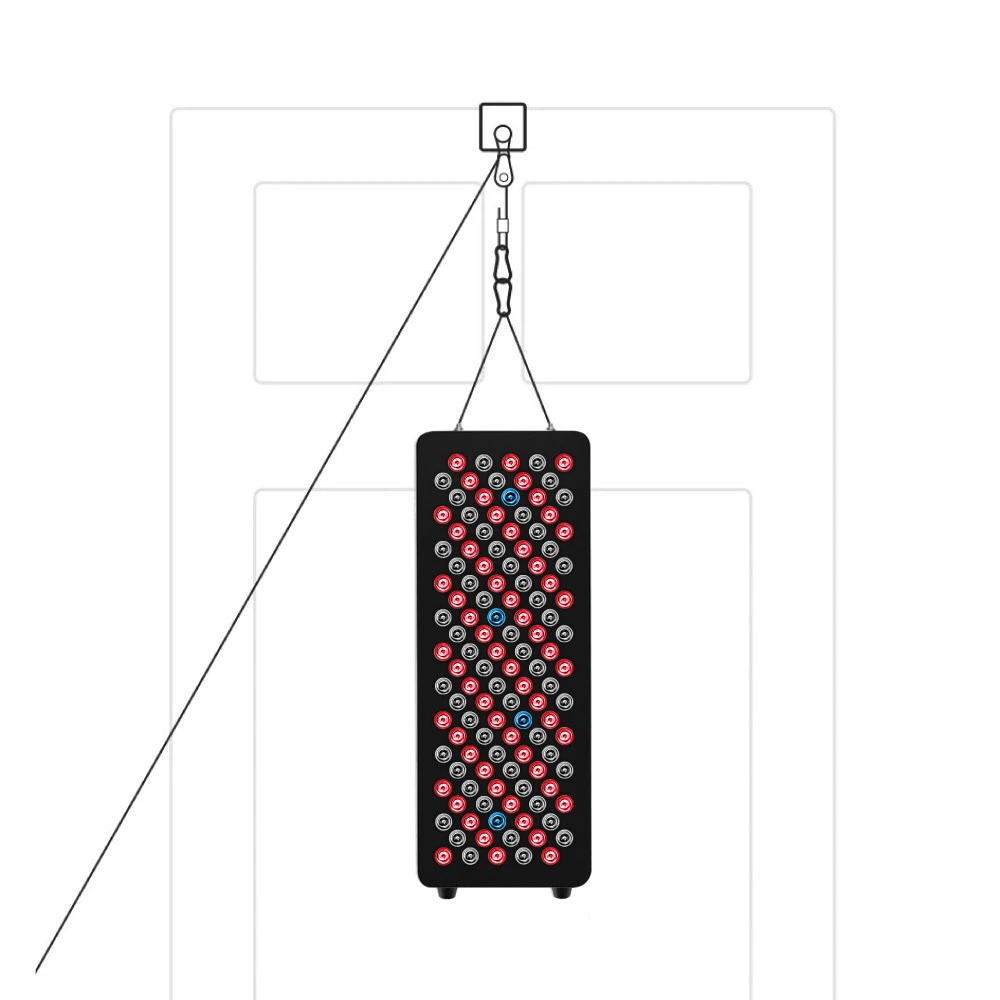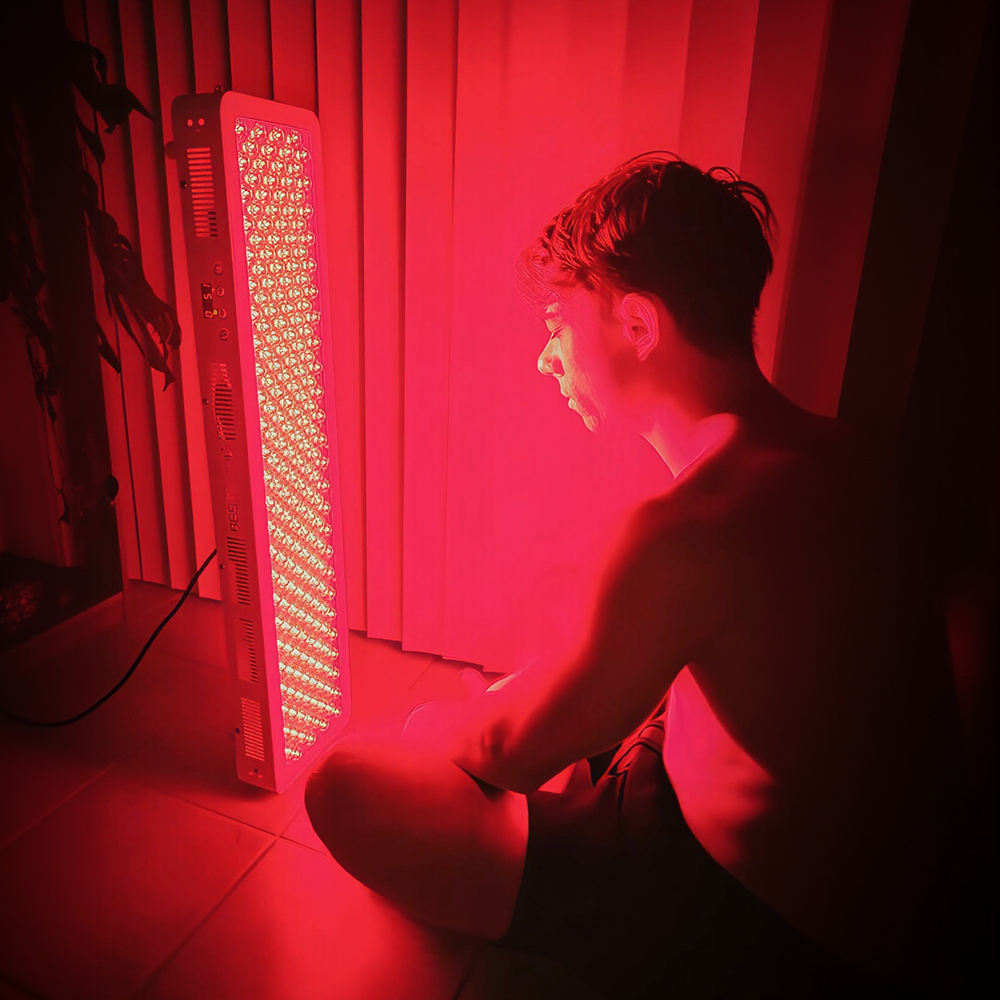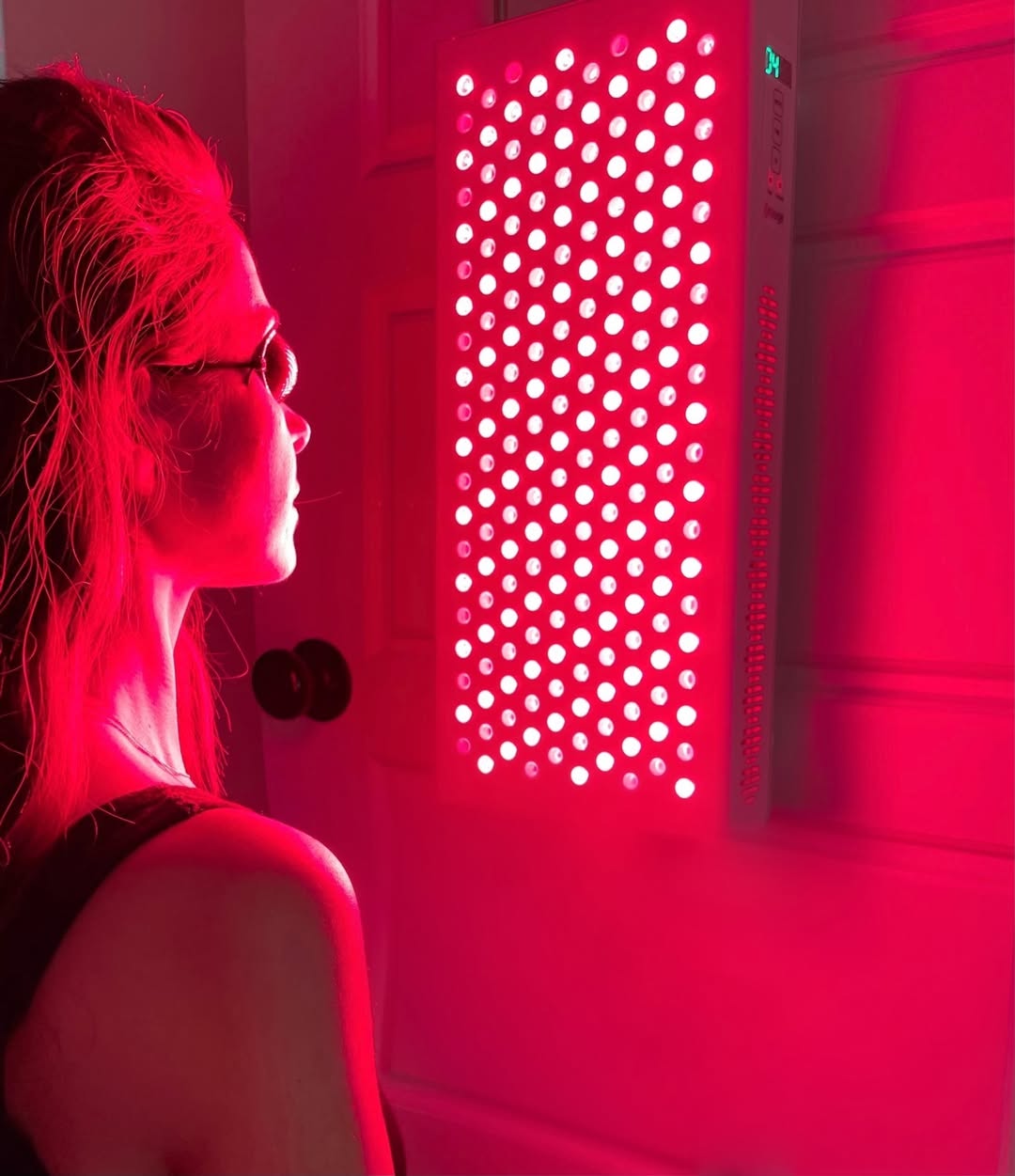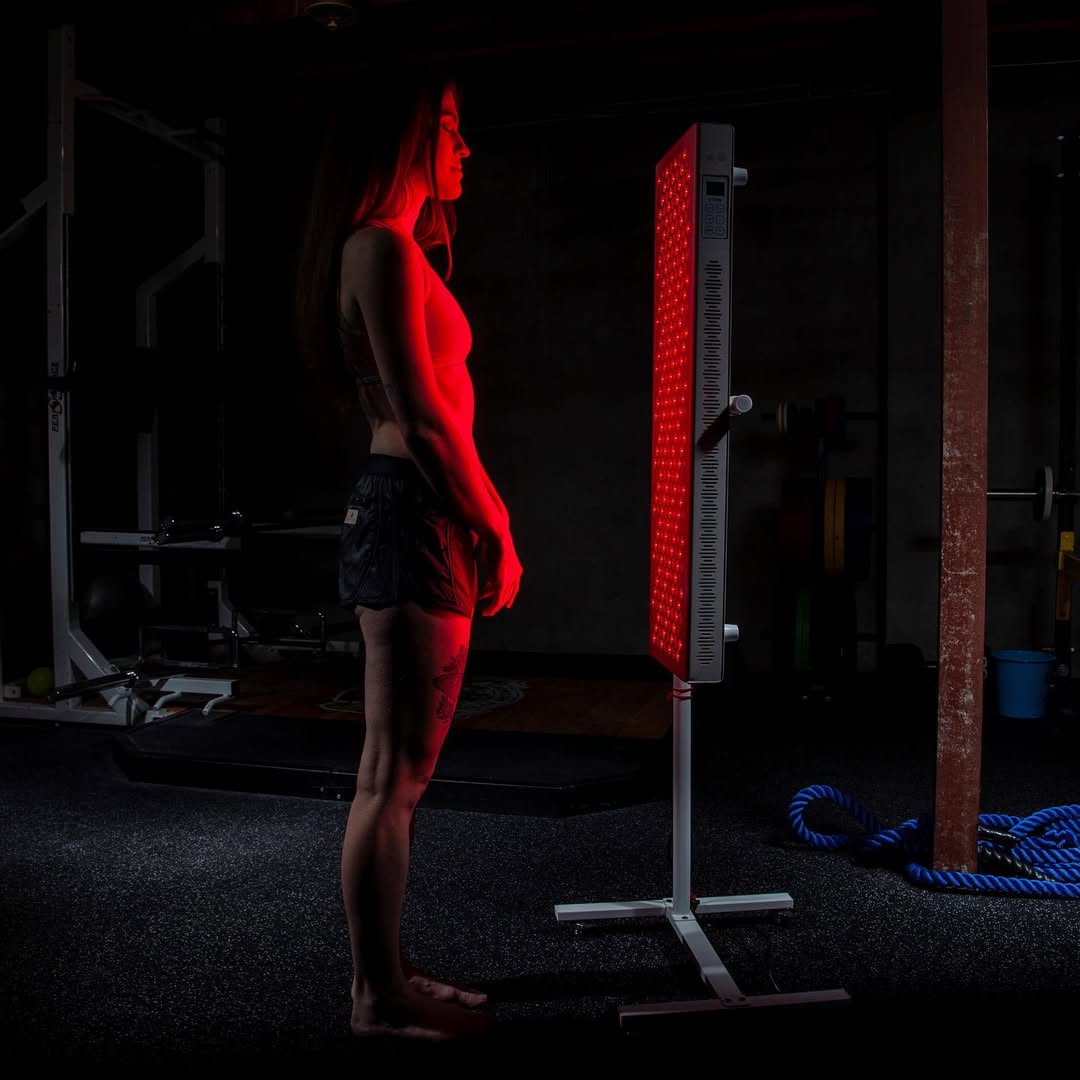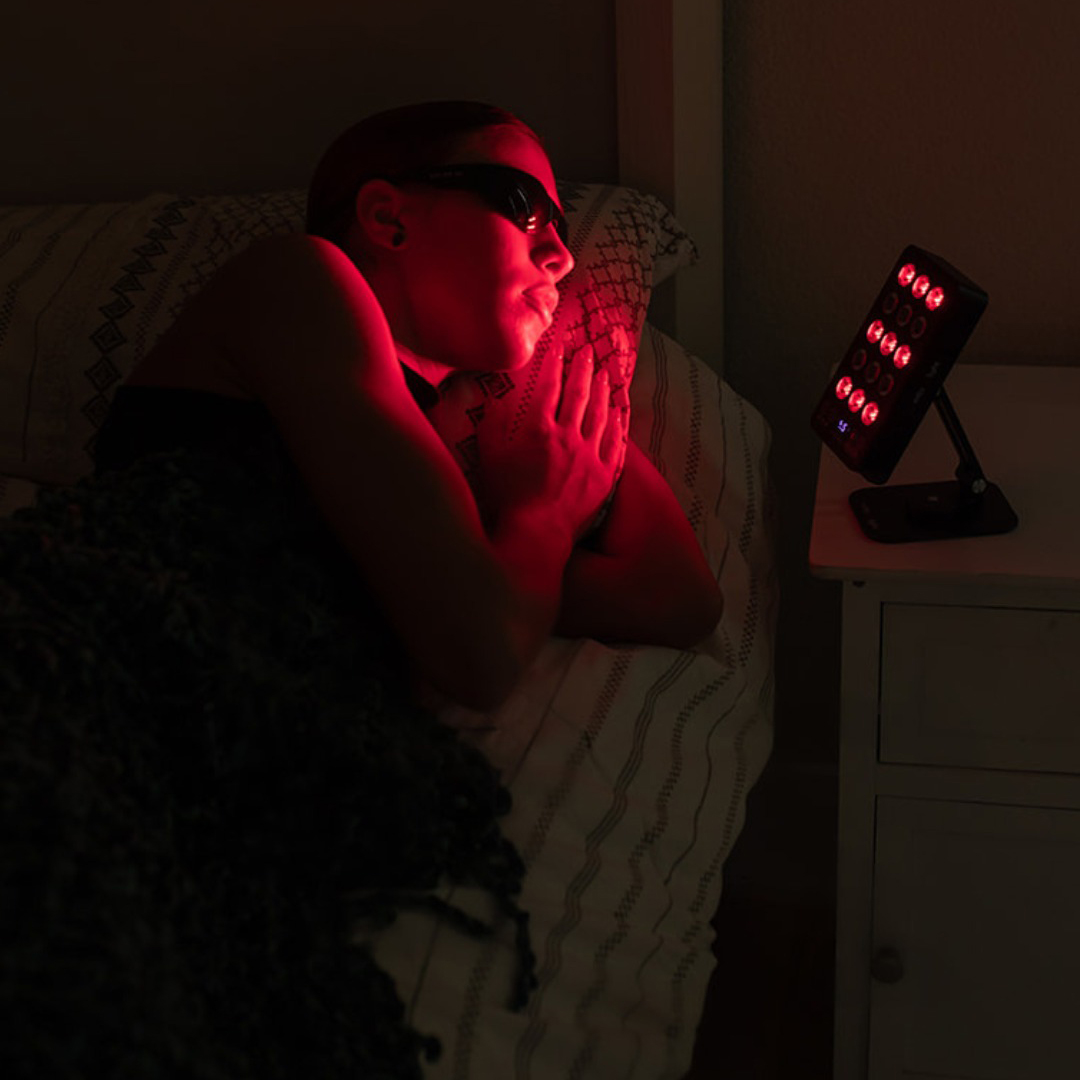![]() Free Shipping
Free Shipping ![]() Buy Now, Pay Later
Buy Now, Pay Later ![]() Eligible
Eligible
Red Light Therapy for Liver Detox: A Science-Backed Guide
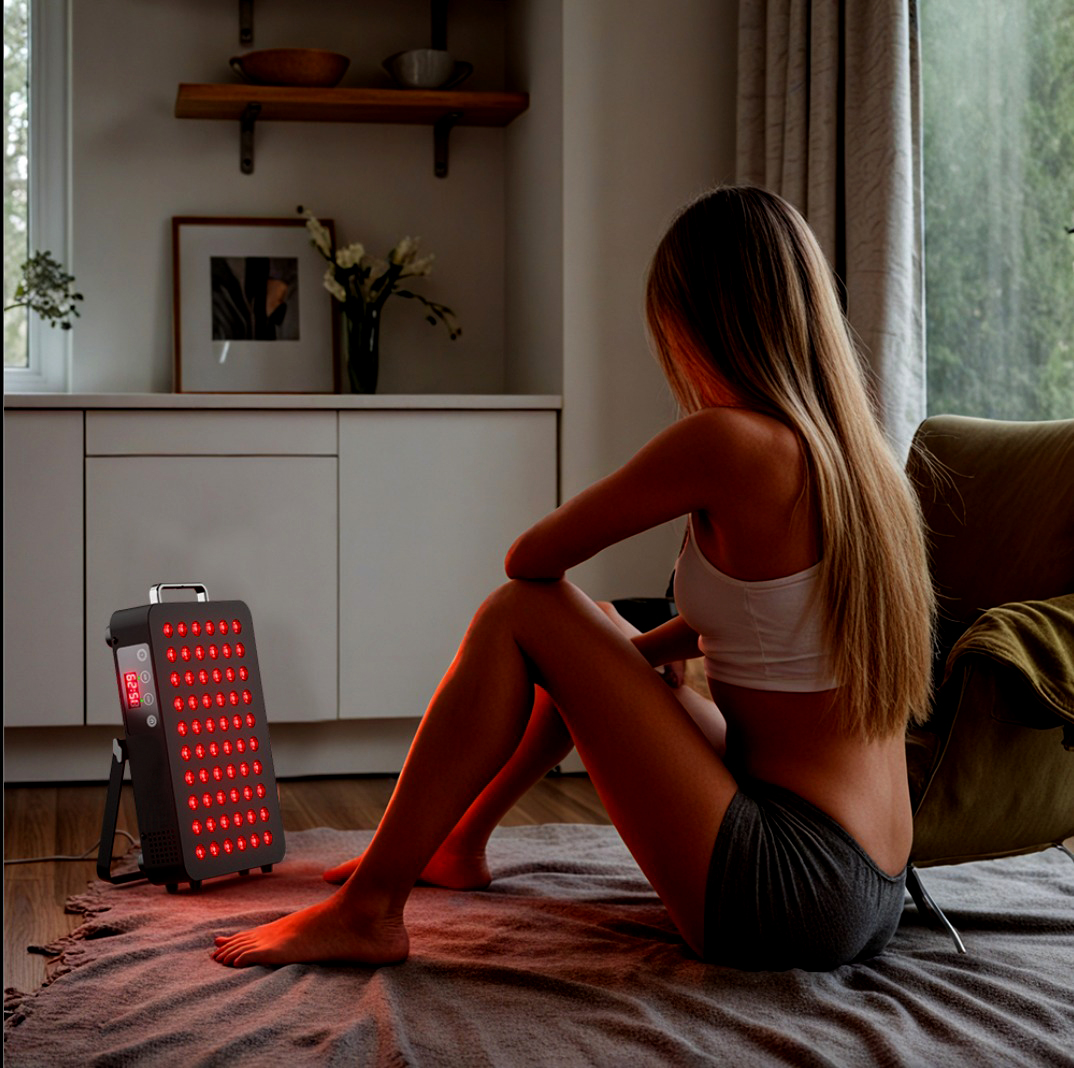
In the ever-evolving world of wellness, the quest for effective and natural detoxification methods is constant. While the liver is our body’s master detoxifier, modern life can often overburden it. Enter Red Light Therapy (RLT), a non-invasive treatment gaining significant attention for its potential to support liver health and function from a cellular level. This article delves into the science, benefits, and practical application of using red light therapy for liver detox.
Understanding the Liver’s Crucial Role in Detoxification
Before exploring the solution, it’s vital to understand the problem. The liver is not just an organ; it’s a complex biochemical processing plant. Its detoxification duties are primarily split into two phases:
- Phase I (Activation): Liver enzymes, like the cytochrome P450 family, use oxidation and reduction to break down toxins. This process can sometimes create even more reactive, and potentially damaging, intermediate molecules.
- Phase II (Conjugation): These reactive intermediates are bound with other molecules (like glutathione, glycine, or sulfate) to become water-soluble and harmless, ready for excretion via bile or urine.
When this system is overwhelmed, toxins can build up, leading to inflammation, oxidative stress, and suboptimal health.
Quote: “The liver is the body’s primary filtration system. Supporting its innate detoxification pathways is one of the most impactful things we can do for overall health and vitality.” – Dr. Emily Sanders, Functional Medicine Practitioner.
What is Red Light Therapy?
Red Light Therapy, also known as Photobiomodulation (PBM) or Low-Level Laser Therapy (LLLT), involves exposing the body to low-wavelength red and near-infrared (NIR) light. Unlike UV light that can damage skin, this specific spectrum of light penetrates the skin and is absorbed by the mitochondria within our cells.
The Core Mechanism: Energizing Your Cells
The primary scientific premise is simple yet profound:
- Light Absorption: Cytochrome c oxidase, a key enzyme in the mitochondrial respiratory chain, absorbs photons of red and NIR light.
- ATP Boost: This absorption stimulates the mitochondria to produce more adenosine triphosphate (ATP), the fundamental energy currency of all cells.
- Cascade of Benefits: Increased cellular energy leads to a cascade of positive effects, including reduced oxidative stress, decreased inflammation, and improved cellular repair and signaling.
How Red Light Therapy Supports Liver Detoxification
So, how does this cellular energizing translate to liver detox? The benefits are multi-faceted and directly target the challenges of modern detoxification.
1. Reducing Oxidative Stress
The liver’s Phase I detoxification generates free radicals. RLT has been shown to upregulate powerful antioxidant enzymes, effectively “mopping up” these damaging molecules and protecting liver cells (hepatocytes) from harm.
2. Combating Inflammation
Chronic inflammation is a key driver of liver dysfunction, including conditions like Non-Alcoholic Fatty Liver Disease (NAFLD). RLT modulates the immune response, reducing the production of pro-inflammatory cytokines and promoting a healthier inflammatory balance.
3. Enhancing Blood Flow and Circulation
NIR light, in particular, stimulates the release of nitric oxide, a vasodilator. This improves blood circulation to the liver, ensuring it receives more oxygen and nutrients while efficiently removing metabolic waste products.
4. Supporting Glutathione Production
Glutathione is the body’s “master antioxidant” and is essential for Phase II liver detoxification. Studies suggest that RLT can enhance the body’s natural production of glutathione, providing more “fuel” for the conjugation process.
Scientific Evidence and Research Overview
The application of RLT for liver health is supported by a growing body of preclinical and clinical studies.
| Study Focus | Key Findings | Implication for Liver Detox |
|---|---|---|
| Non-Alcoholic Fatty Liver Disease (NAFLD) | A 2013 study published in the Journal of Photochemistry and Photobiology found that RLT reduced liver fat and inflammation in animal models. | Suggests potential for RLT to reverse early-stage fatty liver, a common modern ailment. |
| Liver Regeneration | Research has shown that PBM can accelerate liver tissue repair and regeneration after injury or partial removal. | Indicates a role in supporting the liver’s remarkable innate ability to heal itself. |
| Toxin-Induced Liver Damage | Studies on toxin-exposed animals have demonstrated that pre-treatment with RLT significantly protects the liver from damage and preserves its function. | Highlights its potential as a protective modality against environmental and chemical toxins. |
“The data from photobiomodulation studies on the liver is compelling. We’re seeing a direct, positive impact on mitochondrial function and a reduction in inflammatory markers, which are foundational to liver health.” – Mark Sloan, Researcher and Author of Red Light Therapy: A Complete Guide.
How to Use Red Light Therapy for Your Liver
Incorporating RLT into your wellness routine is straightforward. The key target area is the upper right quadrant of your abdomen, where the bulk of your liver is located.
VELLGUS Elite V2
THE #1 RATED RED LIGHT DEVICE
VELLGUS pro V2
THE #1 RATED FULL BODY RED LIGHT DEVICE
Practical Application Steps:
- Device Selection: Choose a high-quality device that emits both red (630-660nm) and near-infrared (810-850nm) wavelengths. NIR penetrates deeper and is crucial for reaching the liver.
- Dosage and Timing: A common starting protocol is to treat the liver area for 10-20 minutes per session.
- Frequency: For best results, consistency is key. Most protocols recommend daily or every-other-day use.
- Distance and Skin Exposure: Place the device according to the manufacturer’s instructions, typically 6-12 inches away from bare skin.
Important Note: Always consult with your healthcare provider before starting any new therapy, especially if you have a pre-existing liver condition.
A Holistic Approach: RLT is Part of the Puzzle
While promising, Red Light Therapy is not a magic bullet. It is most effective when combined with a liver-supportive lifestyle.
- Nutrition: Eat a diet rich in cruciferous vegetables (broccoli, kale), beets, leafy greens, and high-quality protein to provide essential nutrients for Phase I and II detoxification.
- Hydration: Drink plenty of clean water to help flush out toxins.
- Limit Toxins: Reduce alcohol consumption, avoid processed foods, and minimize exposure to environmental chemicals where possible.
Red Light Therapy presents a novel, non-invasive, and science-backed approach to supporting the body’s primary detoxification organ. By energizing liver cells at a mitochondrial level, it helps reduce the oxidative stress and inflammation that impede optimal function. While not a standalone solution, when integrated into a holistic health regimen, RLT shines a powerful light on the path to enhanced detoxification and overall well-being.



